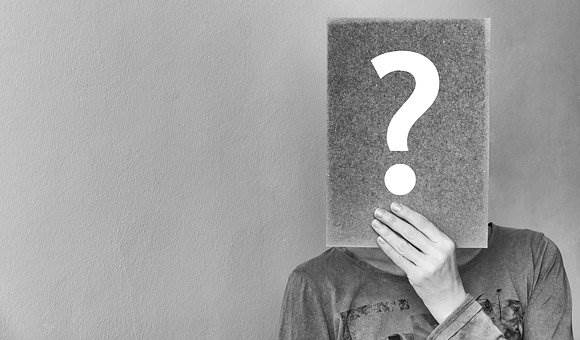 Earlier this week I wrote about the “Monty Hall Problem”, where a game contestant must decide whether to stick with his original choice when trying to win a prize by guessing randomly after more information about the choices not taken is revealed. To recap: there are three doors. Behind one is a car, behind the other two, goats. You, the contestant, choose a door at random (if it is the one with the car, you win the car). Before the door is opened, the game host (who always knows which door the car is behind), opens one of the doors with a goat. The host then asks you if you wish to change your choice. Statistically, is it in your interest to change?
Earlier this week I wrote about the “Monty Hall Problem”, where a game contestant must decide whether to stick with his original choice when trying to win a prize by guessing randomly after more information about the choices not taken is revealed. To recap: there are three doors. Behind one is a car, behind the other two, goats. You, the contestant, choose a door at random (if it is the one with the car, you win the car). Before the door is opened, the game host (who always knows which door the car is behind), opens one of the doors with a goat. The host then asks you if you wish to change your choice. Statistically, is it in your interest to change?
The answer is yes, and it can be proven by a simple simulation of the situation. Let’s use the table below to run three rounds of the game.
Door 1 | Door 2 | Door 3 | |
Round 1 | Car | Goat | Goat |
Round 2 | Goat | Car | Goat |
Round 3 | Goat | Goat | Car |
Let’s imagine that contestant 1, in each of the three rounds, chooses Door 1 each time, and sticks with his choice, while contestant 2 makes the same choice, but switches every time. Here is how it plays out:
Round 1 – contestant 1 sticks and wins the car, contestant 2 switches to the remainder of 2 or 3 after the host eliminated one of them and loses.
Round 2 – contestant 1 sticks and loses, contestant 2 switches to the remainder of 2 or 3 after the host eliminated the goat and wins.
Round 3 – the same thing happens as in Round 2.
The contestant who sticks with their original choice wins once out of three chances, enjoying a 33.33% chance of winning. The contestant who switches wins twice out of three chances, enjoying a 66.66% chance of winning. Thus, it is proven it makes sense to switch.
The most confusing part of the problem to most people is why the original choice of Door 1 does not also become a better bet statistically in the same way that the other remaining door does. It is only by running through this exercise that most can clearly see that the probability of the first choice being the right choice remains 1 in 3 even after one of the losing doors is revealed as not being correct. New information has altered the probability of the “trade” winning.
So how does this apply to trading? Let’s say you have a profitable trading strategy that tells you when to enter, when to exit, and where to place your stop loss. You could just follow it, enter the trade, set and forget your target, and make profits. Yet if you “manage” the trade as new information arises after entry, you could make a greater overall profit. Keep in mind this is easier said than done, and you need to be very skilled at reading the price movement / market data releases / performances of correlated markets to do this effectively. Otherwise, you will probably be better off doing “set and forget” trading, if you have a good trading strategy.
